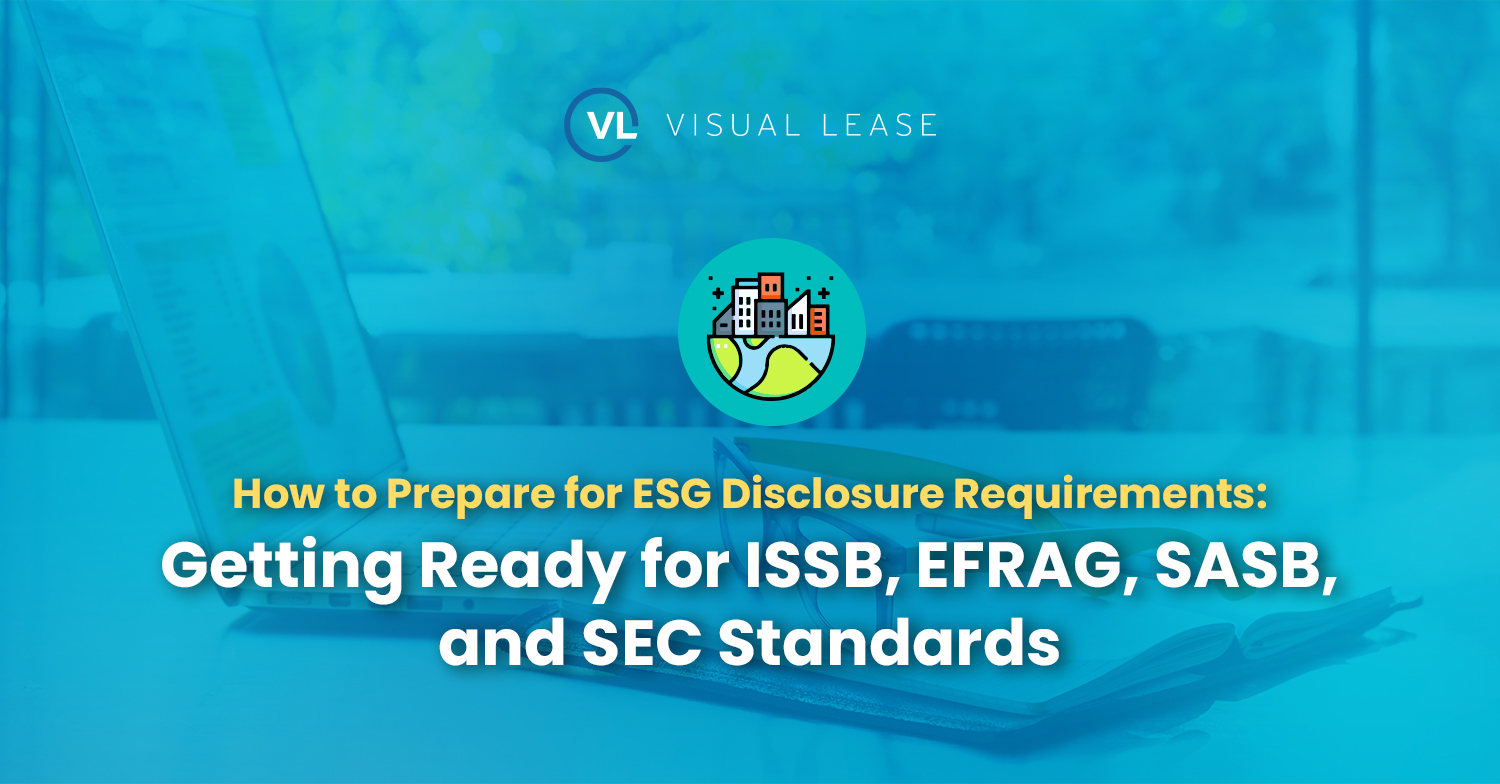
Update: On June 26, 2023, The International Sustainability Standards Board (ISSB) announced their first two global sustainability-related disclosure standards in response to widespread demand for better transparency, consistency and reliability into sustainability plans and performance. IFRS S1 provides a set of disclosure requirements designed to enable companies to communicate to investors about the sustainability-related risks and opportunities they face over the short, medium and long term. IFRS S2 establishes the specific requirements for climate-related disclosures.
While the Standards will ensure that organizations are reporting on robust sustainability data that is both verifiable and comparable, many companies are not yet prepared for the required effort. This blog post details three steps organizations can take to establish a baseline for reporting.
ESG reporting requirements are standards for how a company tracks and reports its Environmental, Social and Governance behavior. Although U.S. requirements have not yet been finalized, it is clear that these requirements will have a significant impact on organizations with the potential to mitigate environmental risk and improve sales through positive brand recognition.
Socially conscious investors are the best-known driving force behind an organization’s adoption of ESG reporting, but the practice has been gaining more momentum among regulators in recent years. Recently, The International Sustainability Standards Board (ISSB), a branch of IFRS, announced that businesses should start prioritizing climate-related disclosures. Further ESG regulations from the ISSB, SASB and SEC are also expected to go into effect. Even though Europe is further along on the ESG journey than the U.S. is, many U.S.-based companies are likely already impacted by EU regulations, and there are widespread efforts to implement global regulations.
However, many organizations are not yet prepared for what’s ahead as it relates to ESG reporting and goal setting. In fact, only 5% of Senior Real Estate executives said their company’s ESG program is fully established. By waiting for regulations to be fully finalized, organizations are placing themselves at a disadvantage. One of the main factors holding companies back is not knowing what their current environmental impact is and how they can make the changes required to get on track. However, finance teams are in a unique position to be able to help their organizations proactively get a handle on their owned and leased assets, providing them with a strong understanding of their environmental impact.
This blog post will highlight three ways to get ahead of ESG reporting requirements:
Three Ways Finance Teams Can Prepare for ESG Reporting Requirements
1. Create an ESG task force
In order to effectively manage owned and leased assets throughout their entire lifecycle, it is essential for organizations to establish a task force dedicated to Environmental, Social, and Governance (ESG) initiatives. This task force will involve multiple stakeholders, such as finance, real estate, procurement, accounts payable, legal, and others. By clearly defining roles and responsibilities within the task force, organizations can streamline decision-making processes and ensure that the right individuals are involved at each stage.
One crucial responsibility of the ESG task force is to stay informed about ESG reporting guidance, emerging regulations, and relevant laws. It is important to designate at least one member of the task force to monitor additional updates from regulatory bodies like the Securities and Exchange Commission (SEC) and the ISSB. This individual should possess a comprehensive understanding of key concepts, such as differentiating between scope 1 and 2 emissions. By staying up to date with evolving requirements, the task force can proactively address any necessary changes and maintain compliance.
Establishing an ESG task force will ensure that your company has a dedicated team focused on tracking, reporting, and fulfilling ESG requirements. This team will play a crucial role in gathering and analyzing data, monitoring progress, and making informed decisions regarding ESG initiatives. By centralizing these efforts, your organization can effectively engage stakeholders and demonstrate its commitment to sustainability and responsible business practices.
2. Decide how to track and report data long-term
Implementing a centralized system of record not only empowers organizations to gain insights into their portfolio of owned and leased assets and optimize financial expenditures but also, enables them to track and assess the environmental impact of these assets. By leveraging such a system, organizations can make informed decisions based on real-time data and begin taking steps to mitigate their carbon footprint related to their real estate and equipment leases, as well as owned properties.
For instance, as a company’s lease approaches its end, they can use the centralized system to compare the carbon emissions of their current leased office space with alternative options. This analysis can help them determine if relocating to a different space could lead to a significant reduction in their carbon footprint. By identifying and selecting environmentally friendly alternatives, organizations can align their operational practices with their sustainability goals and contribute to a more eco-friendly future.
3. Establish a strong lease controls framework
To empower the cross-departmental collaboration required to effectively manage, track, report and analyze owned and leased asset data, organizations must implement dedicated technology. A solution that provides a strong lease controls framework will mitigate the risk of reporting errors, ensure that the right people have the right access to the right information at the right time, and also, provide access to meaningful insights.
Virtual Lease recently launched VL ESG Steward™ to do all this and more. It is the first solution to push real estate, procurement, facilities and finance teams to go beyond portfolio optimization, accounting and compliance to focus on the environmental impact of their assets, projects and processes.
ESG Steward is built in accordance with GRI, CSRD, and the Greenhouse Gas Protocol – the global gold standard for ESG and Emissions reporting guidance, ensuring accuracy, consistency and compliance with regulations and enabling organizations to tie hard data to their environmental disclosures with supporting evidence to substantiate claims of progress with confidence.
For more information on how Visual Lease can help your business get ahead of ESG regulation requirements, schedule time with our team.























